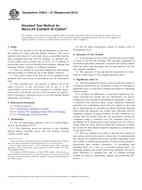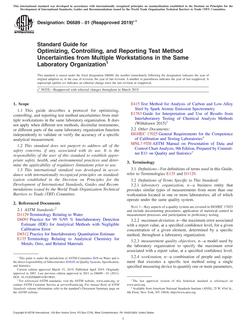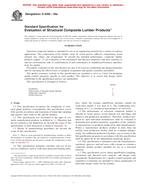1.1 These test methods cover the determination of the durability of a vascular stent by exposing it to physiologically relevant diametric distension levels by means of hydrodynamic pulsatile loading. This testing occurs on a stent test specimen that has been deployed into a mock (elastically simulated) vessel. The typical duration of this test is 10 years of equivalent use (at 72 beats per minute), or at least 380 million cycles.
1.2 These test methods are applicable to balloon-expandable and self-expanding stents fabricated from metals and metal alloys. It does not specifically address any attributes unique to coated stents, polymeric stents, or biodegradable stents, although the application of this test method to those products is not precluded.
1.3 These test methods do not include recommendations for endovascular grafts (“stent-grafts”) or other conduit products commonly used to treat aneurismal disease or peripheral vessel trauma or to provide vascular access, although some information included herein may be applicable to those devices.
1.4 These test methods are valid for determining stent failure due to typical cyclic blood vessel diametric distension. These test methods do not address other modes of failure such as dynamic bending, torsion, extension, crushing, or abrasion.
1.5 These test methods do not address test conditions for curved mock vessels.
1.6 These test methods do not address test conditions for overlapping stents.
1.7 This standard does not purport to address all of the safety concerns, if any, associated with its use. It is the responsibility of the user of this standard to establish appropriate safety and health practices and determine the applicability of regulatory limitations prior to use.
1.8 General Caveat – This document contains guidance for testing as is currently carried out in most laboratories. Other testing techniques may prove to be more effective and are encouraged. Whichever technique is used, it is incumbent upon the tester to justify the use of the particular technique, instrument, and protocol. This includes the choice of and proper calibration of all measuring devices. Deviations from any of the suggestions in this document may be appropriate but may require the same level of comprehensive justification that the techniques described herein will require.
Product Details
- Published:
- 04/01/2007
- Number of Pages:
- 10
- File Size:
- 1 file , 130 KB
- Redline File Size:
- 2 files , 250 KB


